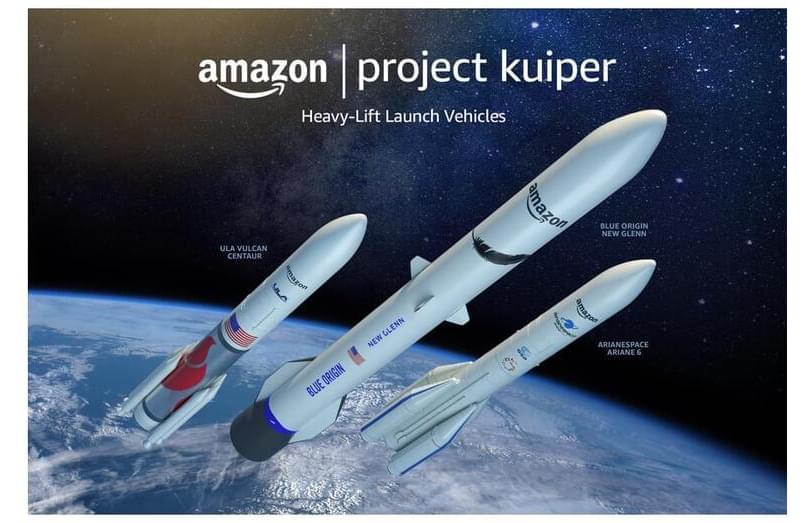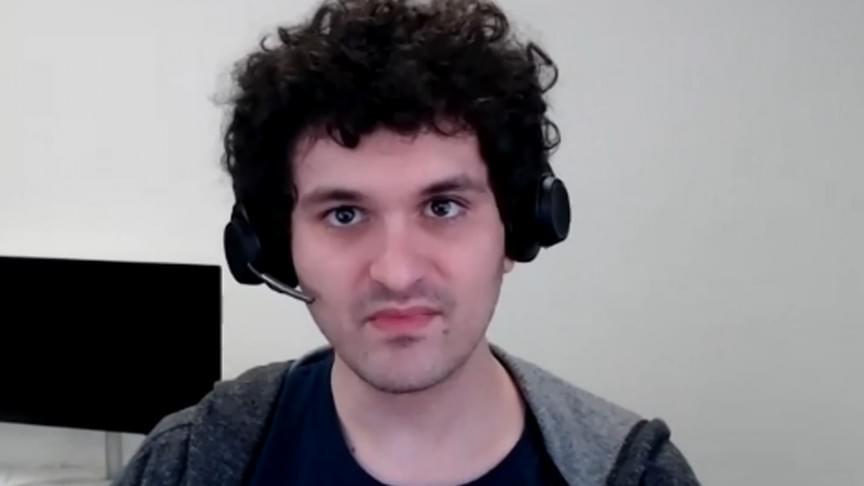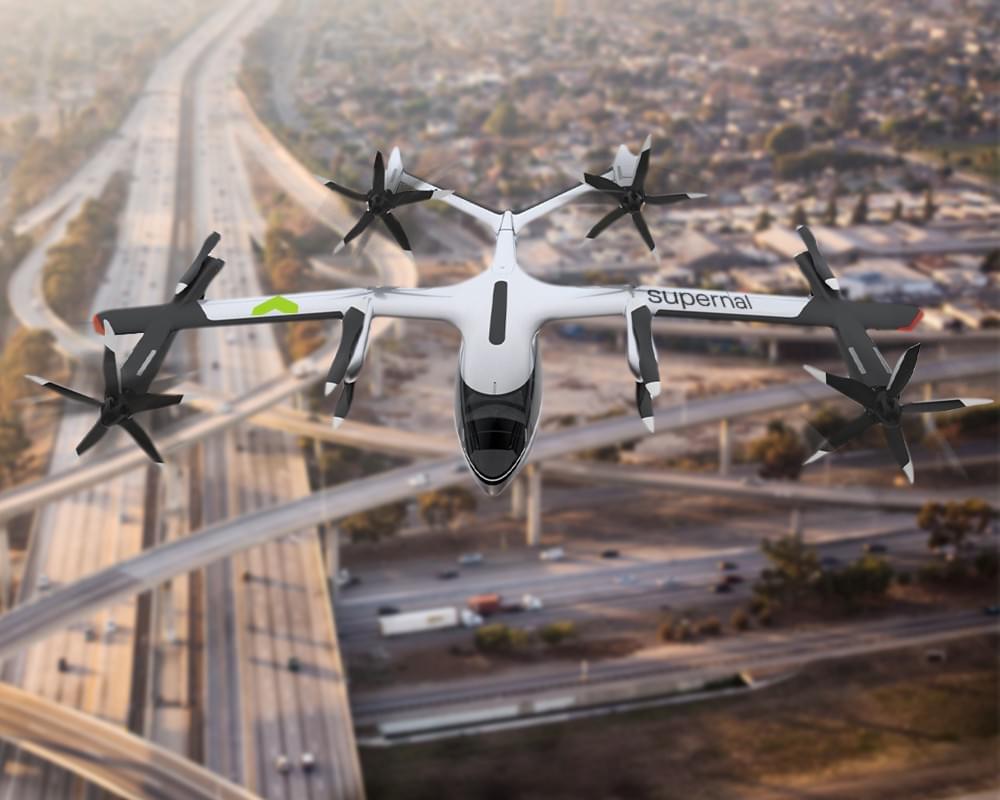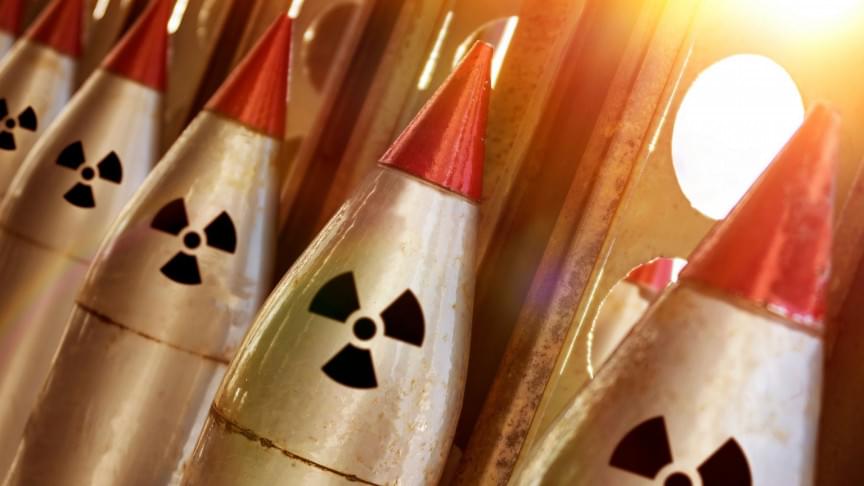Quantum memristor may link artificial intelligence and quantum computing, according to University of Vienna researchers.
Amazon calls it “the largest commercial procurement of launch vehicles in history.” Amazon’s SpaceX-rivaling internet service Project Kuiper has made a major leap towards becoming operational and catching up with SpaceX’s Starlink, which is already populating our skies.
Amazon selects Arianespace, Blue Origin, and ULA as heavy-lift launch partners to deploy the majority of its Project Kuiper satellite constellation.
Get in, we’re going to the threshold. Solar power is undoubtfully one of the most preferred renewable energy sources of the day. As the need for energy rises with the improving technology and the rising population, companies try to come up with the most efficient solutions that promise to meet the energy demand of the world.
Taiwan’s forthcoming Sun Rock could supply excess energy to the power grid
Taiwan’s government-owned power company, called Taipower, commissioned Sun Rock, with plans to use it as a visitor facility, in addition to a storage and maintenance center for renewable energy devices. But the most obvious and impressive feature of the forthcoming project is the facade, which will be almost totally smothered in solar panels (don’t worry, there will also be vents and windows to promote the natural exchange of light and air). But 1 million kWh is a lot — the U.S. government has found that an average household uses roughly 11,000 kWh annually, which will rise (because of course it will) before the Sun Rock is finished.
“The site for Taipower’s new facility receives a significant amount of solar exposure throughout the year, and so the rounded shape of Sun Rock is designed to maximize how much of that sunlight can be harnessed for energy,” said MVRDV in a New Atlas report. “The facade maximizes this solar potential with a series of pleats, which support photovoltaic panels (mixed in with windows, where required) on their upper surface. The angle of these pleats is adjusted on all parts of the facade to maximize the energy-generating potential of the solar panels.”
He doesn’t want a yacht but wishes to maximize altruism.30-year-old, Sam Bankman-Fried, is a textbook example of a modern-day tech billionaire who got rich overnight. He thinks sleeping is a waste of time, plays video games during meetings, and is also vegan. But instead of buying the luxuries of the world, Bankman-Fried wants to give away his wealth so others may benefit, Bloomberg reported.
Tech billionaire follows the philosophy of effective altruism to maximize good for most people. He wants to earn more money so that he can give it away.
And they could enter service by 2030.The automotive world is transforming to meet the needs of the future.
Hyundai has already made it very clear that it’s making a serious play at next-gen electric aviation, establishing its own eVTOL subsidiary Supernal late last year and promising to flex its automotive-grade manufacturing muscle to get air taxis built in bulk. Now, the company has made a presentation at the Vertical Flight Society’s H2 Aero workshop to confirm that it’s also bringing its hydrogen expertise into the aviation world.
Hyundai/Kia and Toyota, of course, have been the two main hydrogen fuel cell stalwarts in the automotive industry. Batteries make more sense for most passenger car applications globally, but Japan and Korea are committed to building a “hydrogen economy” powering much more than personal transport, so these companies in particular have persisted with building and selling relatively small numbers of fuel cell-electric cars like the Nexo and Mirai.
That means they’ve got full hydrogen powertrains designed, manufactured in the tens of thousands of units, and fully crash tested to meet automotive safety certification standards in multiple countries – an excellent head start, you might say, if you’re interested in rolling that expertise out into the aviation market. And that’s definitely an avenue Hyundai is looking to work through Supernal.
The nuclear bombs and missiles market is set to witness growth in this decade as market capitalization will reach $126 billion, Allied Market Research said in a recent report.
Back in 1994, Ukraine had signed on to the Non-Proliferation Treaty (NPT) and declared itself a non-nuclear state. Even after the annexation of Crimea, the country remained committed to its non-nuclear status and found itself at a disadvantage with Russia threatening to attack its borders. Given that the Ukrainian conflict has continued unabated for over a month now, it is likely that countries will move toward nuclear weapons adversaries. Although a nuclear war would be catastrophic for one and all, the weapon serves as a good deterrence measure during periods of uncertainty.
The only way life extension would remain financially out of reach is if we vote ourselves into a dystopia.
Dr David Sinclair explains why aging therapies will be eventually affordable to us in this clip.
David Sinclair is a professor in the Department of Genetics and co-director of the Paul F. Glenn Center for the Biology of Aging at Harvard Medical School, where he and his colleagues study sirtuins—protein-modifying enzymes that respond to changing NAD+ levels and to caloric restriction—as well as chromatin, energy metabolism, mitochondria, learning and memory, neurodegeneration, cancer, and cellular reprogramming.
Dr David Sinclair has suggested that aging is a disease—and that we may soon have the tools to put it into remission—and he has called for greater international attention to the social, economic and political and benefits of a world in which billions of people can live much longer and much healthier lives.
Dr David Sinclair is the co-founder of several biotechnology companies (Life Biosciences, Sirtris, Genocea, Cohbar, MetroBiotech, ArcBio, Liberty Biosecurity) and is on the boards of several others.
Need to get 24/7 solar panels up and running.
Inspired by the cognitive science theory, we explicitly model an agent with.
Both semantic and episodic memory systems, and show that it is better than.
having just one of the two memory systems. In order to show this, we have.
designed and released our own challenging environment, “the Room”, compatible.
With OpenAI Gym, where an agent has to properly learn how to encode, store, and.
Retrieve memories to maximize its rewards. The Room environment allows for a.
hybrid intelligence setup where machines and humans can collaborate. We show.
That two agents collaborating with each other results in better performance.
“Inspired by the cognitive science theory, we explicitly model an agent with both semantic and episodic memory systems, and show that it is better than having just one of the two memory systems. In order to show this, we have designed and released our own challenging environment, ” the Room”, compatible with OpenAI Gym, where an agent has to properly learn how to encode, store, and retrieve memories to maximize its rewards. The Room environment allows for a hybrid intelligence… See more.
Inspired by the cognitive science theory, we explicitly model an agent with.
Both semantic and episodic memory systems, and show that it is better than.
having just one of the two memory systems. In order to show this, we have.
designed and released our own challenging environment, the Room, compatible.
With OpenAI Gym, where an agent has to properly learn how to encode, store, and.
Retrieve memories to maximize its rewards. The Room environment allows for a.
hybrid intelligence setup where machines and humans can collaborate. We show.
That two agents collaborating with each other results in better performance.









